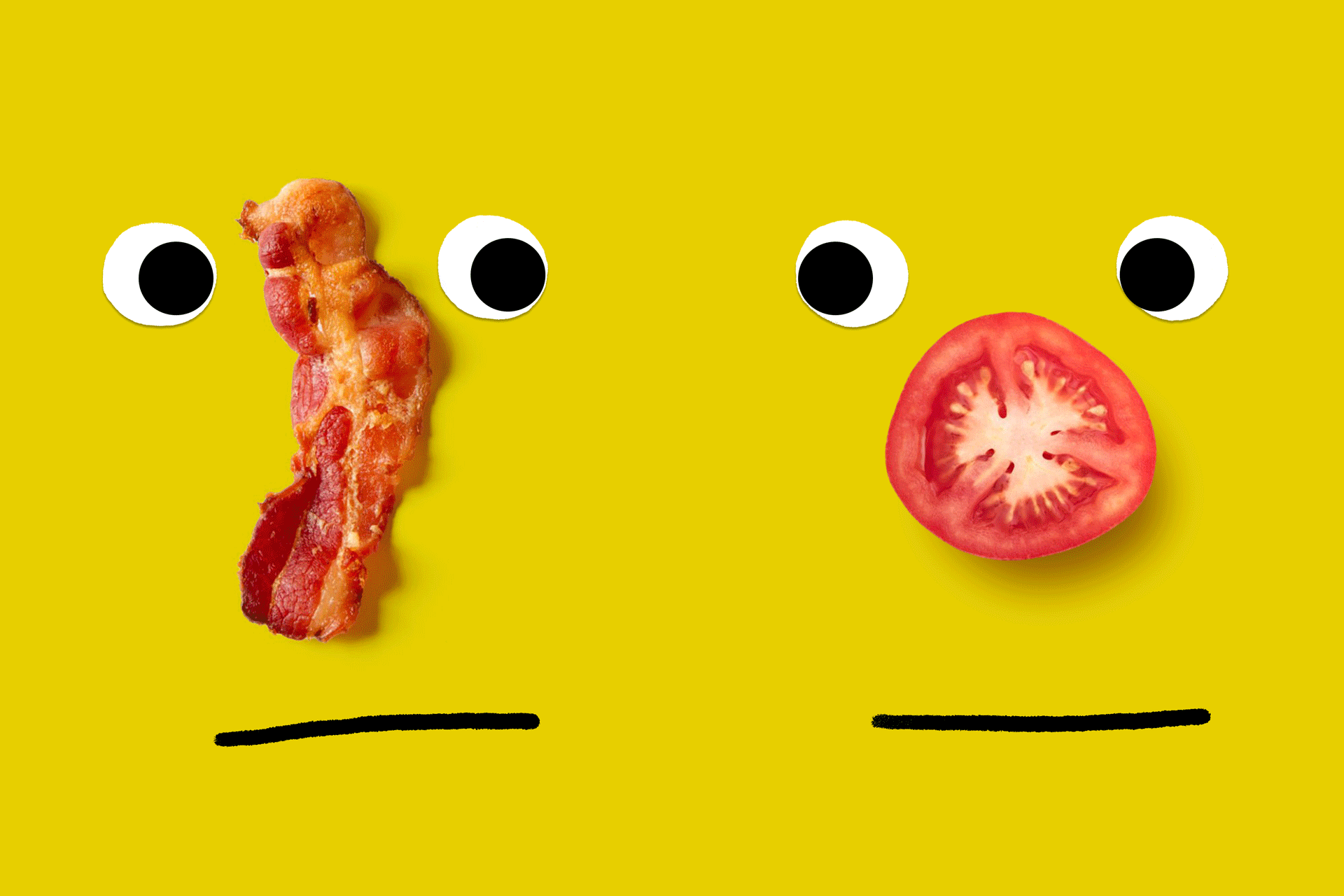In Search of What a Dog’s Nose Knows
- Share via
Something about Nathan Lewis’ work really smells.
The Caltech chemist is developing a mechanical nose that could someday replace drug-sniffing dogs at airports and even fly into space to detect when something aboard a space shuttle doesn’t smell right.
Working with Caltech’s Center for Neuromorphic Systems Engineering, Lewis and his colleague, Robert Grubbs, have created a computer-driven nose no bigger than a fingernail that can detect about 100 odors instantly. They hope to eventually build a silicon chip that can identify thousands of odors to aid in everything from quality control in a brewery to early detection of life-threatening medical problems.
“Chips that smell,” snorts Lewis.
He says most people who design chemical sensors today build specific molecules that respond to specific chemicals, and that works fine for some applications. A sensor that turns pink in the presence of hormones produced during pregnancy, for example, is widely used as an early-pregnancy test.
“But that’s not how we think the nose works,” Lewis says. “We don’t think dogs can have a specific receptor that all of a sudden turns pink when TNT is there, or cocaine is there. How could they have receptors that would trace your scent all of a sudden, and then mine, and then someone else’s? They must have a broadly based system that can respond to everything.”
Dogs probably have some sort of pattern recognition system, and that’s what Lewis is developing.
“It’s like a fingerprint,” he says. “If the fingerprints are different, they can smell that.”
The Caltech nose, dubbed Pinocchio, is designed to be a little more honest than its namesake. The heart of the system is a series of electrical resistors that are chemically sensitive.
“One of them might like water better than benzene, and another might like benzene better than water,” Lewis says.
When there is a certain vapor present, the resistor absorbs it and expands, “just like a sponge in your bathtub absorbs water and gets bigger.”
Each resistor is sandwiched between two conductors, such as silver, gold or carbon, which are attached to two electrical leads. Current passed through the system meets more resistance if the “sponge” has expanded because of the presence of a vapor to which it is sensitive.
“When the vapor goes away, they get smaller again, and the resistance goes back down to where it was before,” Lewis says.
Just one sensor would not do the trick, he adds, because “a million different things could swell that one sponge and give us a signal change.” But 1,000 different sensors would swell differently, “so the patterns that we get--the fingerprint--tell us if it’s wine or beer, or good wine or bad wine.”
The neat thing about it is that the mechanical system works in the same way as a dog in that “we don’t have to know in advance what we are smelling,” he says. “As long as no two things have the same pattern, we can smell them.”
Thus, the mechanical nose should have the ability to learn as it goes along, picking up the scent of new fingerprints with all the sensitivity of a canine expert.
Attached to a small computer, the sensor can tell which odors are present in a tenth of a second, he adds.
“It’s really small, low-power and lightweight,” he says.
Lynn Preston, director of the National Science Foundation’s Engineering Research Centers program, which funds the Caltech center, sees “a lot of applications” for the mechanical nose.
NASA and the U.S. departments of Defense and Agriculture have shown interest in the work. Pinocchio could learn the normal smells aboard a space shuttle, for example, and could sound an alarm if something didn’t smell right.
Researchers at Caltech, which was dubbed recently as the nation’s most sober-minded college, have spent a lot of time sticking their mechanical nose into glasses of wine and cans of beer, Lewis says.
“We are almost to the point where we can distinguish between a good wine and a cheap wine,” he says. “We don’t know if we can actually replace a trained human nose and assign a value judgment to a bottle of wine so that people will pay a lot more money for it.”
But he would like to try.
And Pinocchio should at least tell the brew master if each barrel smells like all the others, offering a quality-control tool that even the best dogs can’t match.
Lewis also believes the device could be valuable in medical diagnostics.
“It’s well-known that patients who have cirrhosis of the liver have characteristic smells on their breath,” he says. “Maybe you could have an early diagnosis of liver disease by breathing into this thing and having it tell you if you are in a pattern of high risk.”
Caltech officials estimate that it will be about three years before a completed sniffer--with up to 10,000 sensors on a square-centimeter chip--will be available, but a new venture capital company in Pasadena is already scouting the marketplace.
Lewis says his team will do the research, and the Pasadena company will “go and make noses.”
The company, incidentally, is called Cyrano Sciences.
Lee Dye can be reached via e-mail at leedye@compuserve.com






